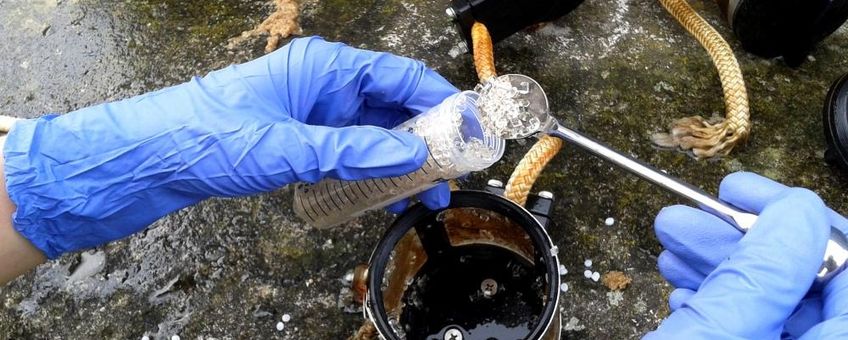
Environmental pollution: Diverse fungus communities on microplastics
IGB BerlinBut which organisms colonize on this non-natural material? A team around the IGB scientists Therese Kettner and Hans-Peter Grossart has identified microplastics as habitat for numerous microorganisms, including more than 80 different species of fungi.
 In contrast to natural substances such as wood or algae colonies, the microplastic particles decompose very slowly and could thus transport the adherent living organisms over long distances. By this, floating plastic could contribute to the spread of organisms, including invasive, parasitic or pathogenic species.
In contrast to natural substances such as wood or algae colonies, the microplastic particles decompose very slowly and could thus transport the adherent living organisms over long distances. By this, floating plastic could contribute to the spread of organisms, including invasive, parasitic or pathogenic species.
Also fungi, many of which are parasitically, prefer different surfaces as settlement substrate and therefore profit from the artificial microplastic particles.
The findings now published will help to better assess and evaluate the different aspects and ecological consequences of global plastic pollution. Since fungi fulfill important functions in aquatic ecosystems and are potentially also helpful plastic decomposers, there is a great need for future research in this area.
The results of this study are published in the scientific journal Environmental Microbiology.
Text: IGB-Berlin
Photos: Sonja Oberbeckmann
